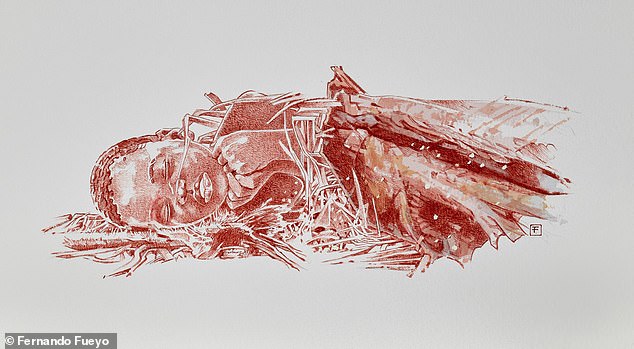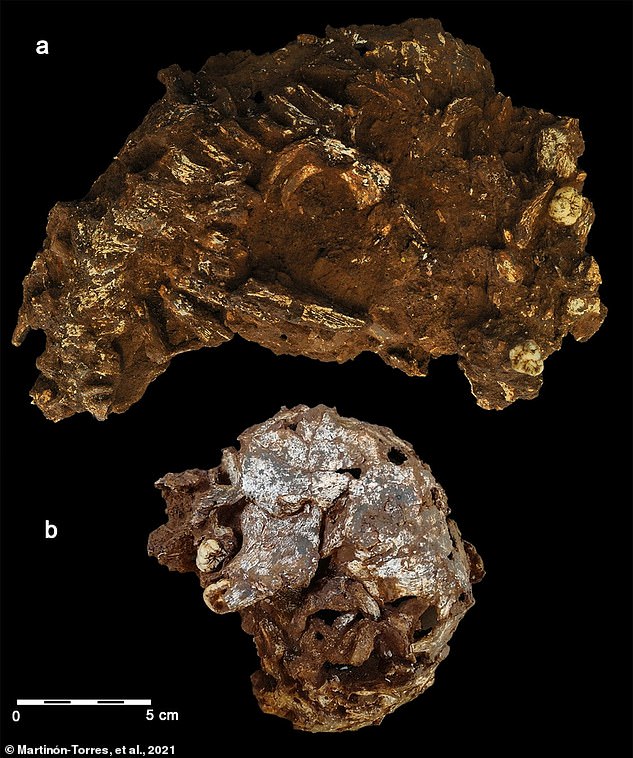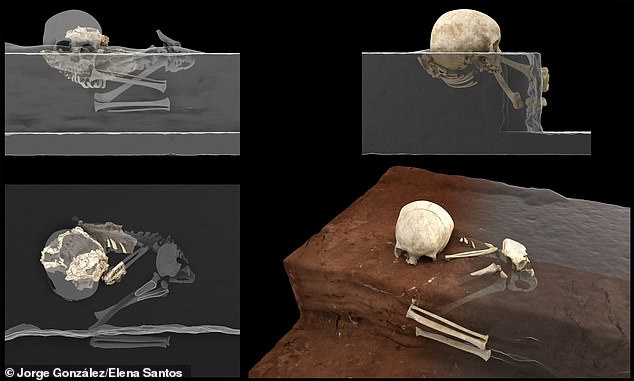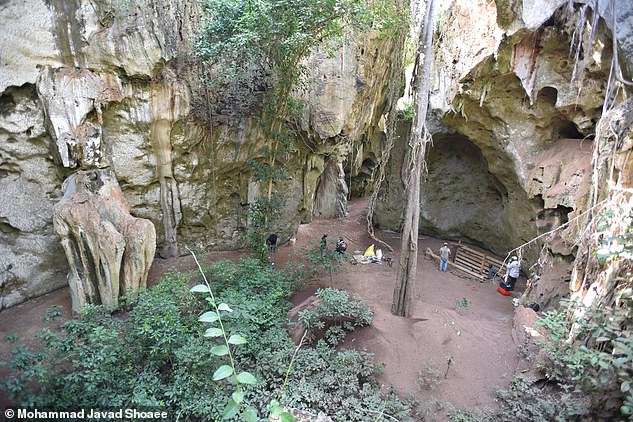A Child’s 78,000 Year Old Grave Marks Africa’s Oldest Known Human Burial
The oldest known grave in Africa is a three-year-old child who died about 78,000 years ago. The find explores how people in the area treated their dead at the time.
Archaeologists discovered the top of a bundle of bones in Kenya’s Panga ya Saidi cave in 2017.

The remains were so fragile that a block of sediment around the bones was extracted intact and sent to the National Research Centre on Human Evolution (CENIEH) in Spain, where a detailed forensic investigation took place.
“We didn’t know until a year later what was going on in there,” says María Martinón-Torres at CENIEH. “Unexpectedly, that sediment block was holding the body of a child.”
The researchers named the child Mtoto, which means “child” in Swahili, and estimate they lived around 78,300 years ago, making this the oldest deliberate burial found in Africa. “It was a child, and someone gave it a farewell,” says Martinón-Torres.
Analysis of the remains’ sediment revealed that the child had been placed in a deliberately excavated pit and covered with residue from the cave floor.
They had been placed on their side with their legs drawn up to their chest. As the body decayed, most of Mtoto’s bones stayed in position except a few key ones.

The collarbone and top two ribs were displaced as typical of a body tightly bound in a shroud. And Mtoto’s head had the characteristic tilt of a corpse whose head was placed on a cushion. This points to a deliberate burial, often difficult to prove from archaeological remains.
“From these little pieces of bone that were preserved, the work that we have done has allowed us to reconstruct the human behavior surrounding the moment the body was put in the pit,” says Francesco d’Errico at the University of Bordeaux, France.
“The authors did a fantastic job in making the case that this is a deliberate burial.
They have raised the bar and, in my opinion, actually set the standard on what should be done, scientifically, to demonstrate deliberate burial,” says Eleanor Scerri at the Max Planck Institute for the Science of Human History in Germany. She wasn’t involved with the research.

The discovery of any ancient human remains in Africa is big news in itself. “Human fossils are rare everywhere in Africa. We have huge temporal and spatial gaps, so this discovery is significant,” says Scerri.
Mtoto’s burial took place in the Middle Stone Age, spanning roughly 300,000 to 30,000 years ago when a suite of modern human innovations developed in Africa. Early evidence of burials in Africa is rare.
No buried adults have been found from this period. However, the burial of an infant in Border cave in South Africa dates to around 74,000 years ago, and the tomb of a child who was about nine years old in Taramsa Hill, Egypt, dates to approximately 69,000 years ago.
“I find it very interesting that we have interments of two or three children in Africa dating to around the same period,” says Paul Pettitt of the University of Durham, UK.

“Mtoto’s burial is an exceptionally early example of a scarce treatment of the dead which might be commonplace in the modern world, but during the early prehistory of our species was rare, exceptional and probably marked odd deaths.”
This lack of burial shows the mortuary practices of modern humans in Africa differed from those of Neanderthals and modern humans in Eurasia. They, from about 120,000 years ago, commonly buried their dead.
“That is quite a paradox,” says d’Errico. “In Africa, where we have the origin of symbolic behavior in the form of beads and abstract engravings, these modern humans wait quite long to make primary burials.”
Sources: ancient-archeology.com



